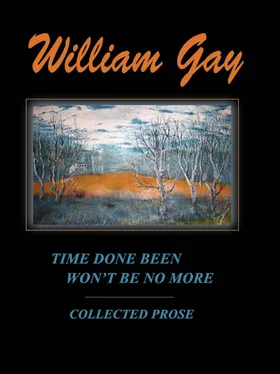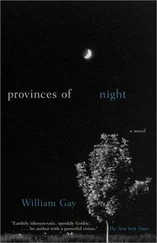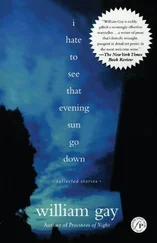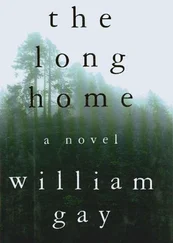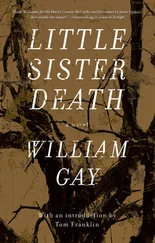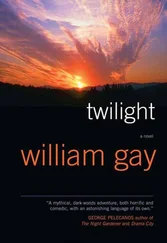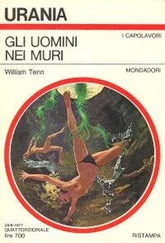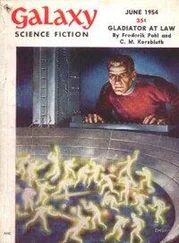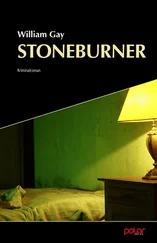Stage props abound, jarring and dissimilar as symbols slid from the surface of a Dali painting: Kassie’s watch, Dock Boggs’s red rocking chair, the folding bed Furry Lewis’s woman welcomed him to. It seems to be the setting for a thousand tales told long ago or tales not yet created.
Almost all this music came from the South, but it was a South folks figured themselves well shed of. There was something almost shameful about it. The South was trying to turn a face to the future, to catch up with the rest of the country in its pursuit of the American Dream. Post war prosperity had hit, rock n’ roll was on the horizon, people wanted gleaming appliances in every kitchen and fish-finned cars in every garage. People wanted what was new, and this stuff was decidedly not new. It was primitive and unsophisticated, and folks would just as soon not hear it. It was the idiot child chained to the bedpost, the great-uncle who went to Texas and was hanged as a horse thief.
Which is all to say that the country was not waiting with bated breath for Harry Smith’s Anthology . What is amazing is that enough copies fell into just the right hands. Hands that were maybe already tuning guitars or that would be compelled to pick up guitars by the sheer magnetism of the music these records contained— enough of the right hands to sow the seeds for the ‘60s folk revival and subsequent ones (or you could say that it never went away, just dropped off the Hit Parade). The present alt-country Americana movement and bands like Wilco still owe a debt to Harry Smith, which magazines like No Depression freely acknowledge. The whole Greenwich Village-Cambridge-San Francisco scene derived from it as did clubs like Gerde’s Folk City, the Bitter End, the Troubadour and a panoply of performers as diverse as Dave Van Ronk, Phil Ochs, Joan Baez, Buffy Saint-Marie: The whole thing being chronicled in Sing Out! and Broadside magazines in a heady movement that in retrospect seems forever poised before the Kennedy assassination and Vietnam, a time when it seemed perfectly logical to believe that a song could change the world.
Van Ronk said, The Anthology was our Bible. We all knew every word of it, including the songs we hated. They say that in the nineteenth-century British Parliament, when a member would begin to quote a classical author in Latin, the entire house would rise in a body and finish the quote along with them. It was like that.
And then there was Dylan. It is not such a stretch to postulate that without Harry Smith, Dylan the folk singer would never have been. He certainly would have been different. Part of the legend he has propagated about his early years is that he once played piano in Bobby Vee’s band. Vee was a minor teen idol around 1960, and there is an aching void between Bobby Vee and Harry Smith. So Dylan might only have been a variation on Bobby Vee or a white Little Richard, whom he used to emulate with his high school rock band.
It is unclear where Dylan first heard the Anthology . It is probably in the late 50s, when he was a student at the University of Minnesota and playing gigs at a folk club in Dinkytown, a raffish and bohemian district in Minneapolis. What is clear is that he heard it and took it to heart. (That’s where the wealth of folk music was, he later said. It’s all poetry, every single one of those songs.) His first album, released in 1962, contains his take on Blind Lemon Jefferson’s See That My Grave Is Kept Clean, from volume three of the Anthology , and one of his earliest songs, Hard Times in New York Town, is a virtual rewrite of the Bently Boys’ Down on Penny’s Farm, from the second volume.
Not that there’s anything inherently wrong in this. From Robert Johnson to John Hurt to Furry Lewis, these old images and calls and responses roll down the years like echoes, like memories. Folk music and the blues have been constantly borrowed back and forth, reshuffled lines, put them in new surroundings, as if there is a vast supply of lines and metaphors and archetypes that serve as pieces that can always be assembled into new puzzles.
Popular culture critic Griel Marcus wrote an entire book to prove that the Anthology was the invisible substructure to The Basement Tapes , the fabled sessions that Dylan and The Band recorded in Woodstock in 1967, and the case he makes is more than persuasive.
But in the long haul none of this changes what Smith did, and from a perspective of time it seems scarcely to matter. None of this Dylan, The Band, John Cohen’s New Lost City Ramblers, the folk movement, the fact that the Anthology resurrected the careers of musicians presumed long dead sums up Smith’s accomplishment. In the end, the Anthology stands on its own as an eerie, prescient, and elusive piece of work, as if it had neither antecedent nor forebear.
Sometimes the Anthology is a historical document. Sometimes it is a subjective comment on itself. Sometimes it’s a mirror reflecting life back at you, casting a normal reflection, but then you move, and it’s a warped fun-house glass that sends back the comic or grotesque or both. Occasionally it’s even a scryer’s crystal that lets you see further into the human condition than you wanted to see.
In an essay on the Anthology called Smith’s Memory Theater, Robert Cantwell wrote, Listen to I Wish I Was a Mole in the Ground again and again. Learn to play the banjo, and sing it yourself over and over again, study every printed version, give up your career and maybe your family, and you will not fathom it.
Harry Smith was an American Original, as bizarre and one of a kind as the songs he struggled to preserve, and he seemed to veer back and forth between madness and a kind of incomprehensible genius.
The diverging path Smith followed all his life was staked out early. He was born in Oregon in 1923 to theosophical parents who dabbled in Freemasonry and the occult. His father once gave him an entire blacksmith shop as a birthday present, ordered Smith to learn alchemy and begin transmuting base metals into gold. Smith seems to have spent a number of years trying to accomplish this, but he was impoverished all his life so it’s apparent he never did.
He said on several occasions that there was a strong possibility that he had been fathered by Aleister Crowley, an infamous black magic occultist who could, it was said, conjure demons and cast spells, but Smith was a mysterious, a man who was no stranger to masks and playing roles, and everything he ever said about himself had a quality of ambiguity to it.
Most of Smith’s life was spent on the move, in pursuit of art. Smith’s definition of art seems to be whatever he wanted it to be, and some of his obsessions were abstract to say the least: string figures, making hand-painted films that were by all accounts exquisite, recording sounds on tape (including the music of Native American dances), ceremonial Easter eggs, paper airplanes — the list goes on.
Smith told a story about spending three days with Maybelle Carter, photographing a collection of patchwork quilts that she had, trying again to correlate color and sound, searching through Carter Family songs and quilts, trying to group the particular song with its matching quilt. One can only conjecture what Carter thought Smith was doing.
Smith was a sometime panhandler who was proud of his ability to live by his wits. He was a mesmerizing talker who managed to draw others into his visions, but he wasn’t all talk. He was an intelligent man with a broad field of knowledge, some of it admittedly peculiar, and his mind seemed to make intuitive leaps, A to D without stopping at B and C, and he always knew what he was going on about even when he couldn’t communicate it to others.
Читать дальше
